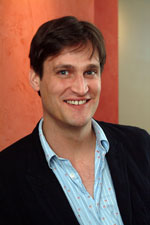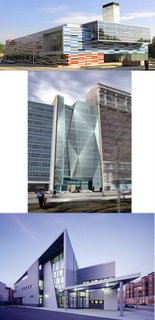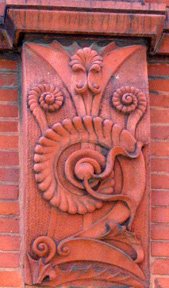Now, as revealed in a late-Friday evening posting on the Archnewsnow newsletter, Architecture magazine is joining P/A in the graveyard. It's been purchased by trade and housing aftermarket publisher Hanley Wood, a $240,000,000 company owned by J.P Morgan Partners, and is being shut down and merged into Architect, a new title whose first issue is due in October.

It's a reversal of circumstances for Architect's Editor-in-Chief Ned Cramer, who held various editorial positions at Architecture beginning in 1997 that saw him rise to Executive Editor four years later. Not long afterward, in September of 2002, he resigned to become curator at the Chicago Architecture Foundation, a post he held until May of this year, when he moved to Washington, D.C. to help engineer Architect's startup.
Although Cramer promises Architect will provide both "information and inspiration", Hanley Wood stakes its shingle on being a business-to-business publisher, which could mean that once again a publication with thoughtful discussion on architecture is being replaced with a nuts-and-bolts trade magazine with little interest in analysis or controversy. It was rumoured that it was just such a progression that led Cramer to leave Architecture.
Will Cramer wind up being window dressing for a magazine that's little more than a catalogue for purchasing agents, or will he be the strong editorial hand that creates a product worthy of the best of its predecessors' legacy? (It's been announced that the PA Awards will continue, with the winners to be announced in the January issue of Architect.)
Or has the growing junkpile of dead magazines already proven that such balances of commerce and idealism are no longer possible? Assuming Architect meets its announced October debut date, we'll soon to be able to judge for ourselves




























